Cold front bringing snow
After an initially warm, then variable November it is snowing down to low altitudes in widespread parts of Tirol. The snowfall will be heaviest today (22.11), tomorrow it is expected to taper off everywhere. According to ZAMG Weather Service the main regions of precipitation lie in the Tux and Zillertal Alps, and the northern and southern parts of East Tirol, where up to 40 cm of fresh snow is expected at high altitudes. Southern Ötztal and Stubai Alps should get up to 30 cm, elsewhere 20 cm is anticipated generally.
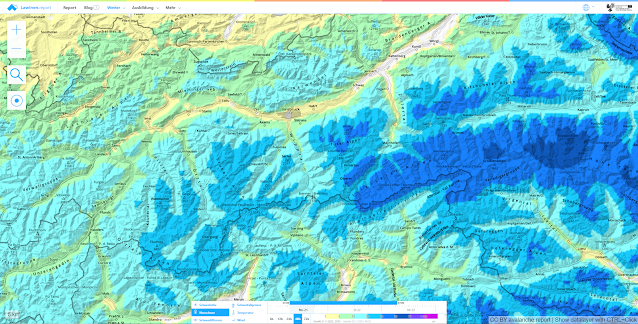 |
| 48-hr fresh snow forecast. Main areas of precipitation lie in the southeastern regions. |
Southerly winds shifted to westerly/northwesterly, blowing mostly at moderate strength. They will intensify significantly at high altitudes over the coming days. Main wind direction will remain W/NW.
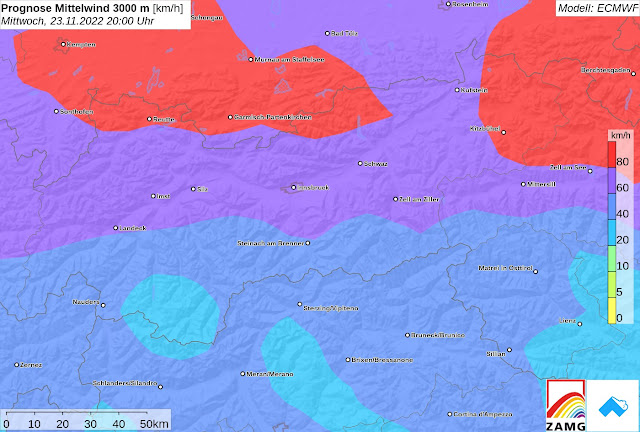 |
| Wind forecast for Wednesday, 23.11. 8:00 pm |
Considerable avalanche danger at high altitudes
The combination of snowfall, wind and the current snow layering is causing a significant increase in avalanche danger. At high altitudes, where the cohesive area-wide snowpack has persisted, we assume that avalanche danger will be considerable. Wherever snowfall is heaviest are the least favorable regions of all. Danger increases with ascending altitude. Shady slopes tend to be at greater risk. Sunny slopes need to be evaluated critically, particularly near ridge lines and in high alpine terrain in general.
 |
| A glance back: variable weather conditions, recurrent precipitation, sometimes as rain |
The snowpack
The snowpack is a reflection of the sequence of weather conditions. Appropriately, we find a series of crusts and soft layers, the latter frequently composed of loose, faceted crystals, even depth hoar in some places. This constitutes a serious weak layer for the mass of fresh snow which lies on top of it (impacted by wind). The additional load of one single winter sports enthusiast can be enough to disturb the weak layer and trigger the release of a slab.
 |
| Snow profile, Gurgl Massif, 19.11.2022. 3065m, NW, 34° Potential weak layers near the surface. |
 |
| Snow profile in Weisskugel Massif, 21.11.2022. 3050m, SE, 33°. There is at least one potential weak layer for slab avalanches even in sunny terrain at high altitudes. |
Web camera photos are extremely helpful in determining whether there was a cohesive area-wide snowpack prior to the current snowfall. Here are photos of where that was the case. More details at
foto-webcam.eu.
 |
| View into Tux Valley, a region that has already had much snow. Photo from 15.11.2022 |
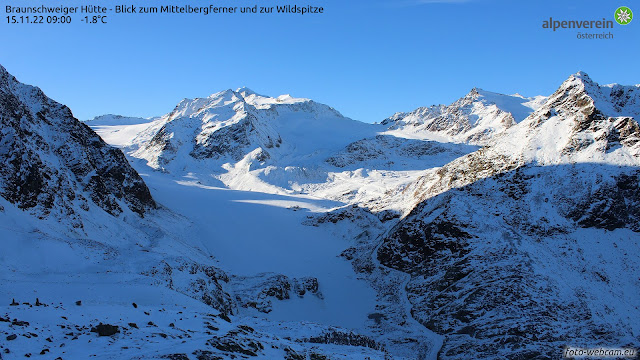 |
| High alpine terrain above 2800m in the Weisskugel Massif |
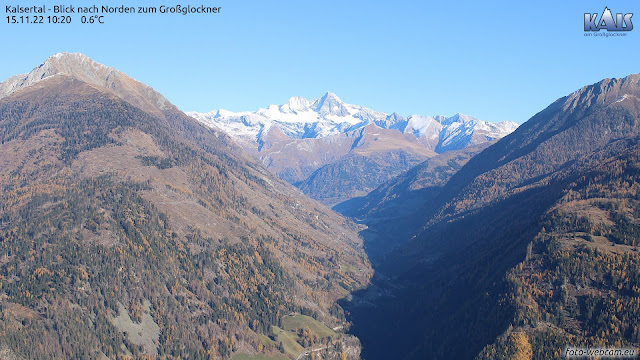 |
| Northern East Tirol. South-facing slopes were bare of snow up to high altitude. |
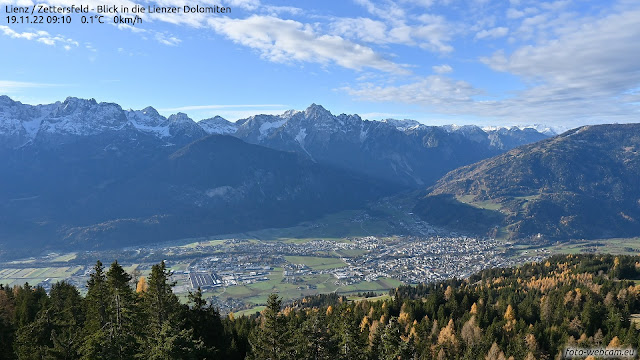 |
| In the Lienz Dolomites and on the Carnic Ridge there was snow on the ground prior to the current snowfall. Our photos reveal it was encrusted on the surface, often loose below the crust. |
A plea
In many places there is at least one ugly and threatening weak layer at high altitudes, on top of which is then a well-bonded mass of (fresh) snow. Thus: ideal prerequisites for a slab release. Due to the shallow covering of the weak layer, it can be triggered with relative ease by winter sports enthusiasts. Therefore: be careful, attentive and restrained in the mountains!
By the way, for a brief spell we are going to observe increasingly frequent glide-snow slides on grassy slopes in the regions where snowfall is heavy. In addition, loose-snow avalanches are expected in extremely steep terrain.









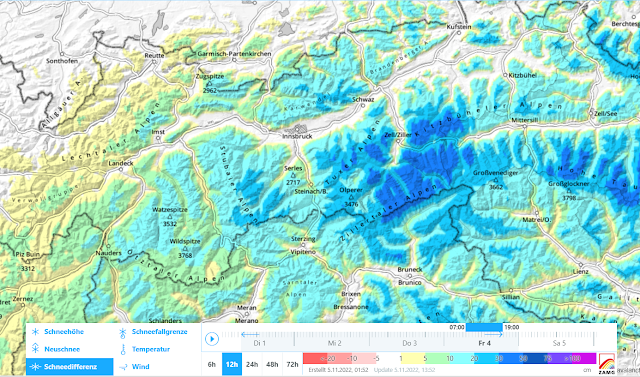

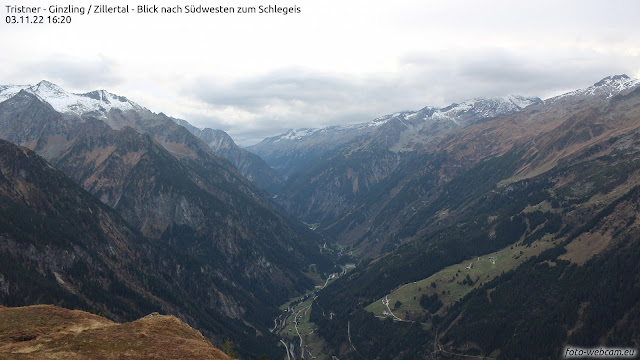


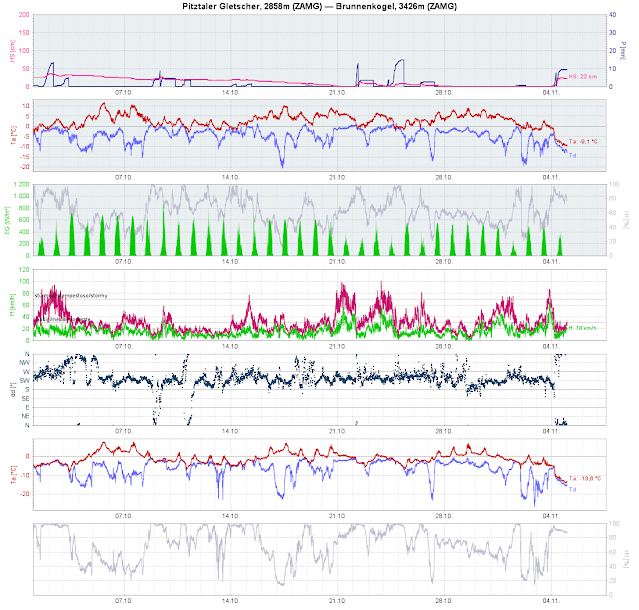

.jpg)